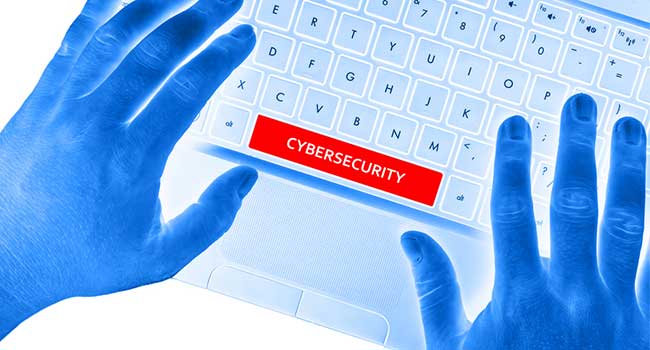
Seven Indispensable Cybersecurity Tips
- By Greg Robinson
- Sep 05, 2018
Cybersecurity is something everyone should be concerned about. Every business must work to protect sensitive data and personal privacy. Using the internet without a cybersecurity plan is like driving a car without airbags or seat belts.
Here are seven indispensable cybersecurity tips for any and everyone on the internet:
Understand the Threat
More than 80 percent of all businesses are targets for cyber attacks. What’s more alarming, cyber breaches usually aren’t noticed until nearly a year (200 days on average) later. In the wake of a cyber attack, 60 percent of small companies are out of business within six months.
What does this mean? It simply means that every business must act as a cyber attack is not only possible but imminent. Therefore, every business (and every individual) should be adequately prepared and employ preventative measures.
Keep Software Up-to-Date
One of the easiest preventative measures is simply to update your software. Sometimes we skip updates because they can be inconvenient, time-consuming tasks. This is a mistake. Investing in new technology is always a sound decision. But, you must update consistently to ensure quality.
Updates usually come with a batch of patches, sometimes these include security updates. Hackers and other cyber attackers can exploit out-of-date and unsupported software with simple but devastating scripts.
Check Firewall Permissions
These might be an overly technical task for some, but those unafraid of tackling system permissions should definitely do so. Open up windows defender every now and again and see if there are any programs that shouldn’t be there. Check file paths and permissions, keeping a lookout for any suspicious programs.
Understand Phishing Scams
If we did everything perfectly by the book, there wouldn’t be much threat to our computing devices. In fact, there wouldn’t be any threat at all. Unfortunately, we humans have faults.
Phishing scams and other email scams can spell the end of our personal security if we’re not careful. That’s why it’s important to understand that scammers can try to bait us with social tactics rather than programmatic ones to get what they want. Don’t give out passwords, usernames, and credit card information, and don’t click on suspicious links.
Encrypt Sensitive Data
Encrypting sensitive data is one of the easiest ways to protect it. Sometimes when using a cloud platform, there is built-in encryption. Sometimes this form of encryption isn’t enough, however. You’ll want to encrypt local files and data in transit, too. This also can be a technical process.
On local machines, it’s an easy enough task. Simply select a folder and select encrypt on Windows. On a Mac, you can encrypt files though creating a separate disk image. For transferring encrypted information, you may also want to look into encrypting and securing your local network.
Rotate Strong Passwords
Strong passwords are hard to crack. That’s because many hackers simply try to brute force login credentials. This means that they’ve got a program running that iterates through lots of different combinations. If you’ve got a password with tons of unique characters with no discernible pattern, these brute force attacks have no power.
No matter how great your password is, you’ll need to change them and change them often. This way, even if someone does gain access, they only have access for a limited amount of time. If you fail to catch a hacking attempt or breach, this acts as another safeguard. Automatically undetected hackers will be booted. Be sure to change all your passwords every six months.
Get a Password Management Program
Generating and rotating passwords is a lot of work. If you’re not careful, you’ll lock yourself out of your own devices and files. Get a password management program (that encrypts all of your information) like LastPass so that this doesn’t happen. Whatever you do, don’t hold passwords in an unencrypted plain text file or excel sheet. This can leave you wide open to a myriad of unwanted consequences.
Conclusion
Keep passwords strong, change them often, and find a program that allows you to manage them securely. Encrypting your data is also of the utmost importance, this ensures if a leak does happen, the data itself is protected.
These seven tips will help you be more secure. Installing trustworthy antivirus programs like AVG and Malwarebytes can also be extremely helpful. Remember to also keep software up-to-date and check for phishing scams and other forms of social engineering.